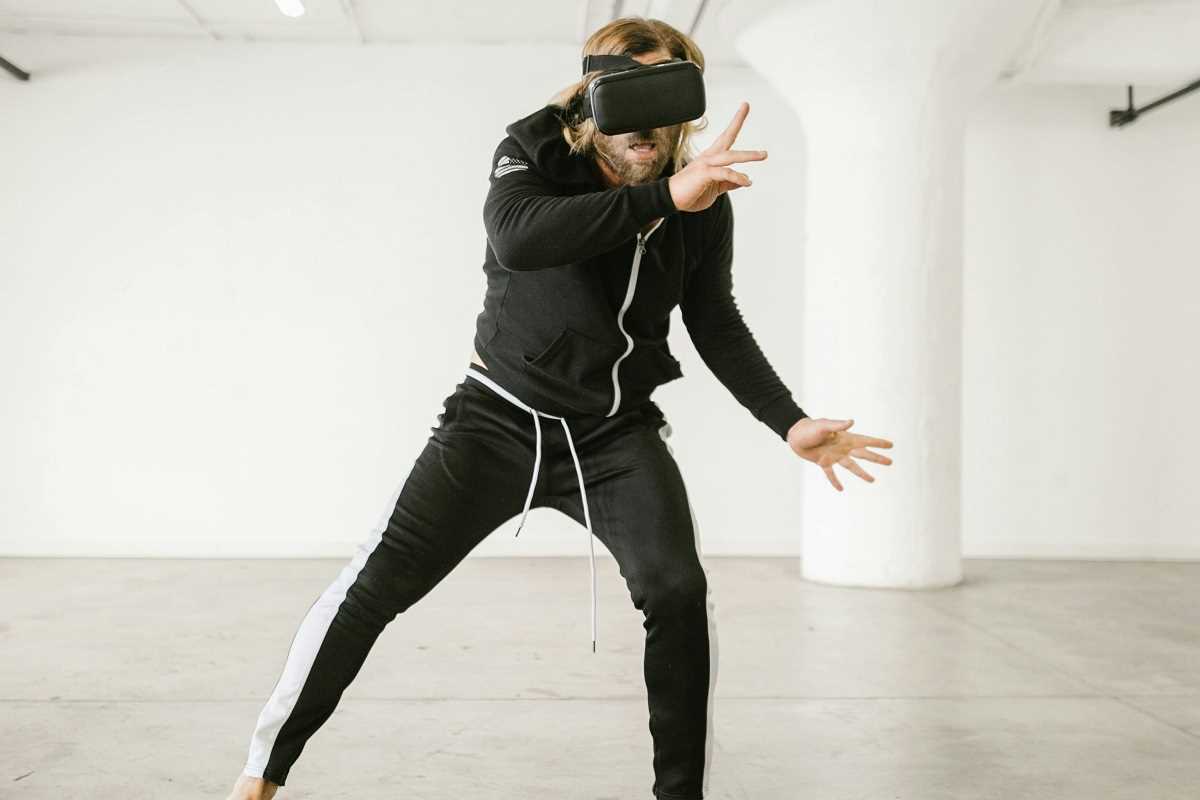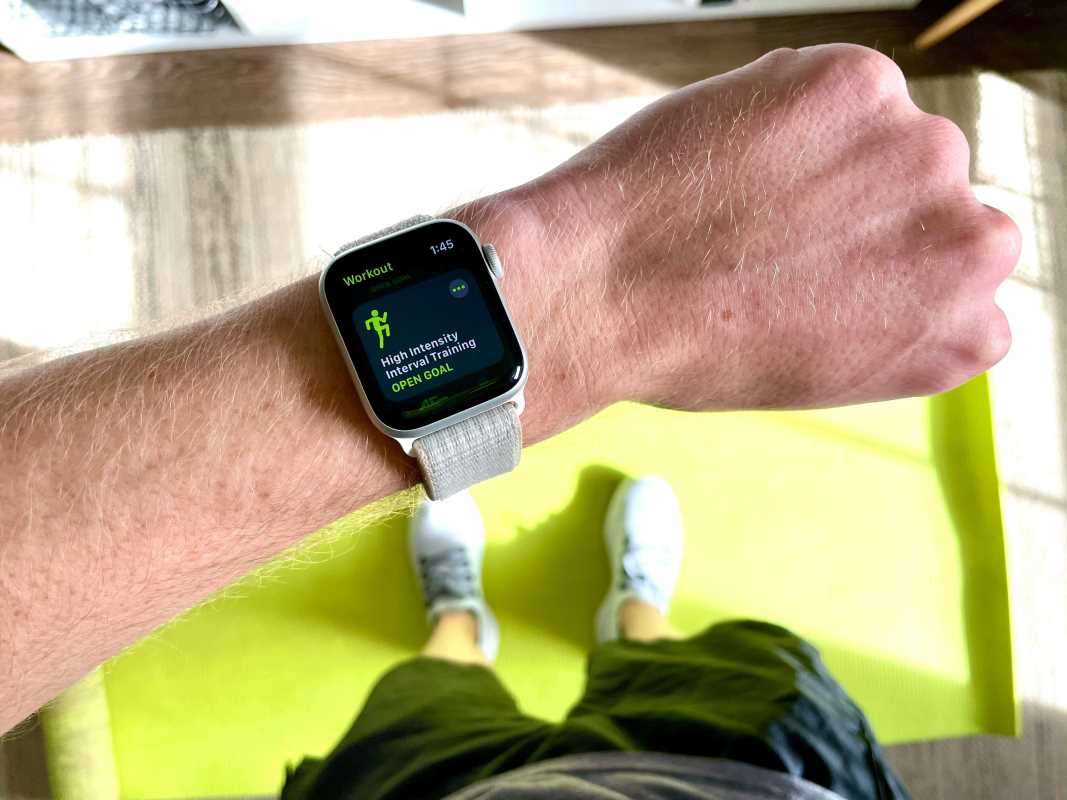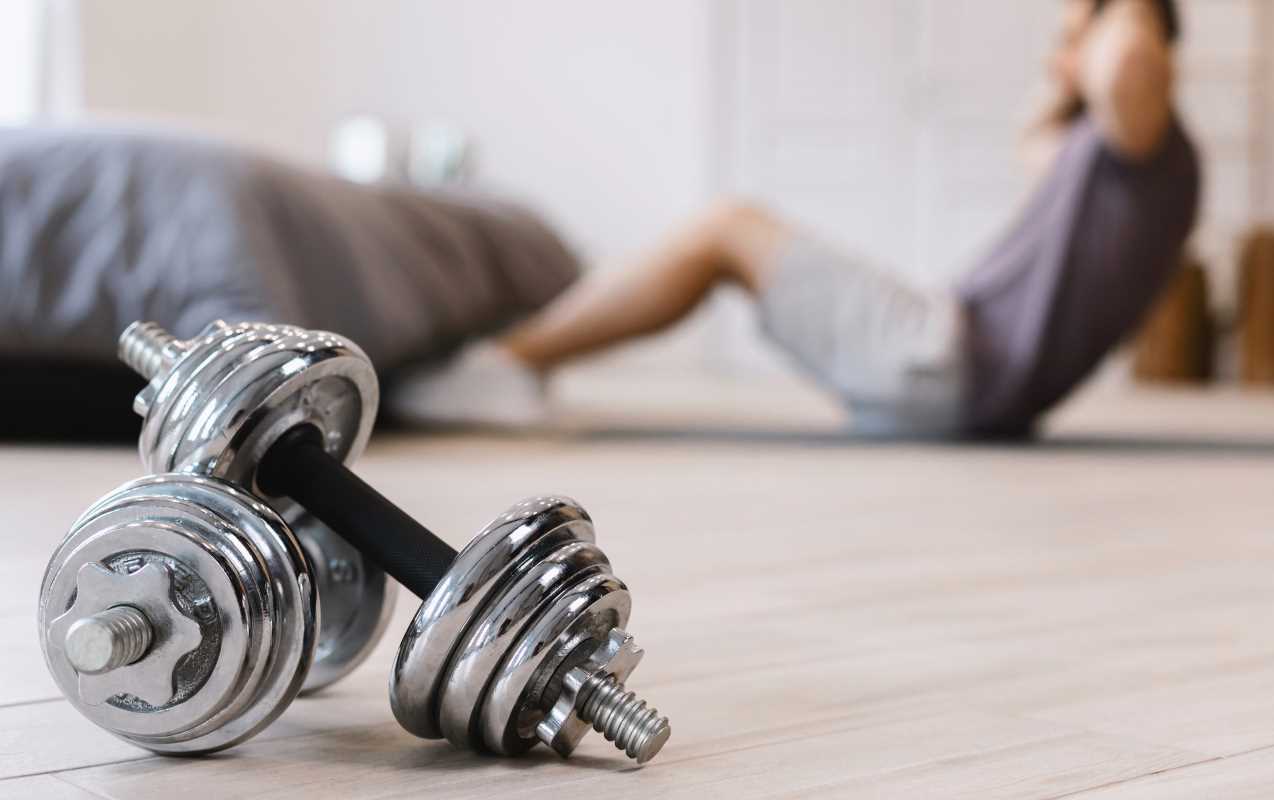Virtual reality (VR) has rapidly evolved from a futuristic concept to a tangible part of our daily lives, reshaping various industries along the way. One area where VR is making significant strides is home fitness, offering immersive and interactive experiences that were once unimaginable.
As more people seek convenient and effective ways to stay fit from the comfort of their homes, VR technology provides a novel solution that combines exercise with engaging virtual environments. This fusion is not only changing how we work out but also enhancing the overall fitness experience.
How Virtual Reality is Transforming Home Fitness
Virtual reality is revolutionizing home fitness by introducing dynamic and personalized workout experiences. Unlike traditional exercise routines, VR offers a level of interactivity and adaptability that caters to individual preferences and fitness levels.
- Immersive Environments: Users can choose from a variety of virtual settings, such as tropical beaches, mountain trails, or futuristic cities, making workouts more enjoyable and less monotonous.
- Interactive Workouts: Real-time feedback and interactive elements keep users engaged, encouraging them to push their limits and achieve better results.
- Personalized Training: AI-driven programs adjust the intensity and type of exercises based on the user's performance and goals, providing a tailored fitness journey.
- Gamification: Incorporating game-like elements such as challenges, rewards, and leaderboards adds a competitive edge, motivating users to stay consistent with their workouts.
- Multi-Sensory Experiences: Combining visual, auditory, and sometimes even tactile feedback enhances the realism of the workout, making it more effective and enjoyable.
Benefits of Virtual Reality in Home Workouts
Integrating virtual reality into home fitness routines offers numerous advantages over traditional exercise methods. These benefits make workouts more effective, accessible, and enjoyable for many users.
- Increased Motivation: VR workouts' engaging and interactive nature helps users stay motivated and committed to their fitness goals, reducing the likelihood of skipping sessions.
- Enhanced Accessibility: VR allows people with mobility issues or those who prefer working out at home to access a variety of fitness programs without the need for expensive gym memberships or equipment.
- Time Efficiency: With VR, users can enjoy comprehensive workouts that combine strength training, cardio, and flexibility exercises, all within a single session.
- Social Connectivity: Many VR fitness platforms offer multiplayer options, enabling users to workout with friends or join virtual classes, fostering a sense of community and support.
- Stress Reduction: Immersive virtual environments can provide a mental escape from daily stresses, making exercise beneficial for the body and mental well-being.
Challenges and Limitations
While virtual reality offers exciting possibilities for home fitness, it has challenges and limitations. Understanding these obstacles is essential for users and developers to ensure the technology can be effectively integrated into fitness routines.
One major concern is the high initial cost of VR equipment, which can be a barrier for many potential users. Some individuals may experience motion sickness or discomfort while using VR, which can deter them from continuing with their workouts. There is also the issue of space requirements; not everyone has enough room at home to participate in VR-based exercises safely. Furthermore, the effectiveness of VR workouts compared to traditional methods is still being studied, and more research is needed to establish long-term benefits and potential drawbacks.
Popular Virtual Reality Fitness Applications
Several virtual reality fitness applications have gained popularity for their innovative approaches and user-friendly interfaces. These programs cater to different fitness levels and preferences, offering a range of activities to keep workouts engaging.
- Supernatural: Known for its stunning virtual landscapes and full-body workouts, Supernatural offers real-time coaching and personalized training plans to help users achieve their fitness goals.
- FitXR: Combining boxing, dance, and high-intensity interval training (HIIT), FitXR provides a versatile workout experience with immersive environments and multiplayer options.
- BOXVR: Focused on boxing-inspired workouts, BOXVR offers various routines that improve cardiovascular health and strength, with music-driven sessions to energize users.
- VZfit: Great for those who enjoy cycling, VZfit transforms stationary bikes into virtual adventures, allowing users to explore different terrains while getting a solid workout.
- Holodia: Offering multiple games and exercise programs, Holodia provides a comprehensive fitness platform that caters to diverse workout preferences and fitness levels.
Users' feedback highlights the immersive experience and increased motivation these VR applications bring to their fitness routines. Experts also commend VR's ability to make exercise more engaging and personalized, which can lead to better adherence and improved fitness outcomes.
As technology advances, virtual reality's integration into home fitness will likely become even more seamless and sophisticated. Innovations such as improved haptic feedback, enhanced AI personalization, and more affordable VR hardware will further enhance the fitness experience.
The intersection of virtual reality and home fitness is poised to expand, offering unparalleled opportunities for individuals to engage in effective and enjoyable workouts from their living spaces. With ongoing advancements and increasing accessibility, VR has the potential to become a staple in the future of personal fitness.
 (Image via
(Image via





